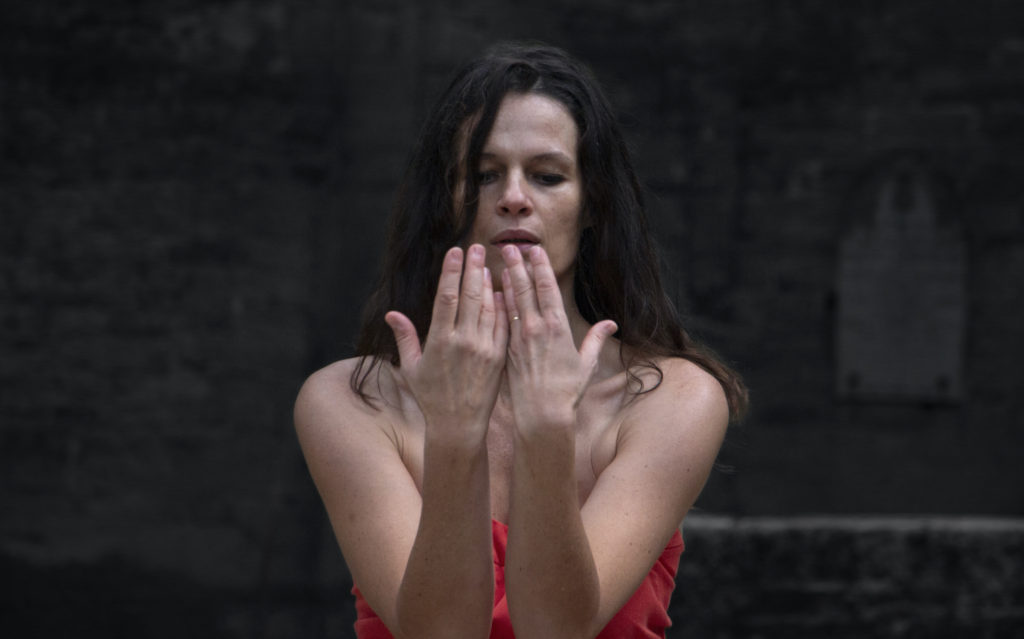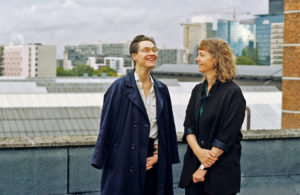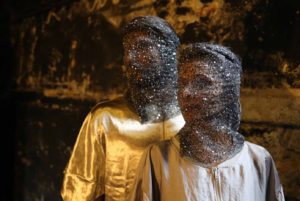Brussels: Keeping contemporary dance relevant - Vancouver Ballet Society
- Home
- City Reports 2020 - 2023
- Brussels: Keeping contemporary dance relevant

By Carole Edrich
We are luckier than most, here in Belgium. Central and local governments understand the contribution made by dance and the arts in general to culture. Financial support during the pandemic has meant that nobody established in dance needed to scrabble for pennies while venues were shut. So, unlike many of their colleagues in less fortunate countries, dancers were not forced by penury into offering rushed online classes or hastily filmed shows. Overall there was a considered, structured and innovative approach to what Belgian dance artists chose to deliver online.
While many turned their gaze inwards and used lockdown to consider how they might develop their art, others responded by opening classics to everyone on the internet. My favourite of these was Anne Teresa De Keersmaeker’s invitation to the public to learn her 30-year-old reputation-making Rosas danst Rosas, and then to share their versions online.
Right now, life in Belgium is approaching a new kind of normal. In July, around 2,000 people attended the weeklong Modul’air dance party, which was part of the Flanders Expo in Ghent. Happily, there were no reported coronavirus infections, and organizers claim this proves that large numbers of fully vaccinated people can mingle and dance without risk. That seems to be a simplification: vaccine passports were required and everyone was tested on site before being allowed to join in. It’s still hard to know what the future holds, because after a similar event just a two-hour drive away in the Netherlands, more than 1,000 people tested positive.
The biggest dance news here is a bid by Leuven to host the 2023 World Breakdancing Championships. The Flemish government and the city itself have pledged to contribute just under half the total estimated cost of a whopping 1.3 million euros (nearly 2 million Canadian dollars). The stakes are high. It’s not just about the 45,000 potential visitors over three days: breakdance will make its Olympic debut in Paris the following year so the championships are an opportunity to attract the whole world’s gaze.
COVID safety measures reducing the number of available theatre seats, along with contact-tracing requirements to quarantine, meant I have not been able to see as much dance as I would like. Two notable contemporary works, a form that Brussels’ artists seem to do best, are covered below.

Brussels Dans is an annual contemporary dance showcase over 15 venues, which this year included interviews with artists and a new education package. One of the live pieces in the Brussels Dans program, Éléonore Valère-Lachky’s Courir les yeux fermés au bord d’un ravin (Running with eyes closed along the edge of a cliff) in April was a ten-minute solo alert to the climate emergency. Intended for theatre halls and public places, and created during lockdown, the program note talked of symbolic subversion of the fatal consumerist drive of advertising.
The strongly grounded choreography, performed to a recorded voice over based on scientific report findings and an ecological conference, evoked soil and plant life. At times, Valère-Lachky’s arms and torso resonated so strongly with the twist of branches and growth of green things that she transported me outside the sterile foyer of Les Brigittines theatre where the show took place into vast imaginary woods. Her moves, intense and controlled, demanded audience attention, and my gaze was as much on other audience members — to see their reactions — as it was on the dancer. Since the piece was billed by Brussels Dans as both art and provocation, I imagine audience reaction was welcome.
Turning point by Nancy Naous, part of the Inside-Out Festival in June — a collaboration between Kaaitheater and the creative incubator Citylab that invited emerging artists to consider urban futures — had a more academic starting point. Her contemporary reconstruction of the societal gaze was based on interviews investigating what Arab society understands by the word “dance.” Naous, of Palestine-Lebanon origins, developed the work during a residency with Moussem Nomadic Arts Centre in Brussels.
Turning point’s choreographic deconstruction of traditional tropes and dance forms was in equal parts intriguing and frustrating (the latter because I don’t know much about traditional or modern Arab dance culture). Ambiguities abounded; from the hypnotic asynchronicity of hip movements to a decombobulating dervish-style bellydance patterning, movement ideas were interwoven, broken down, examined and discarded to reappear unexpectedly in different contexts and with gender swaps. Ultra-feminine traditional bellydancing by a male dancer (Nadim Bahsoun) worked well with Naous’ studied masculinity. Headgear transformed into masks which in turn became sparkling vests, and the musician Ali Beidoun’s presence was intrinsic to both transitional patterning and sound aspects of the performance.

Kaaitheater is a well-established hub for the performing arts here in Brussels. Its mission includes fostering innovative art, and promoting social and artistic debates. Barbara Van Lindt, general manager, and Agnes Quackels, artistic coordinator, who both joined in 2019 (making them newly appointed in Belgian eyes), responded to pandemic-related social gathering restrictions with an experiment. First they posed the question: How do you make room for more people when there are, by necessity, fewer people in auditoria? Their answer: a two-month pay-what-you-can policy that asked the audience to purchase tickets based on these two questions: “What is your current financial situation? And what value and priority do you give to culture?” What a wonderful way to direct the Brusseloise audiences’ gaze.

